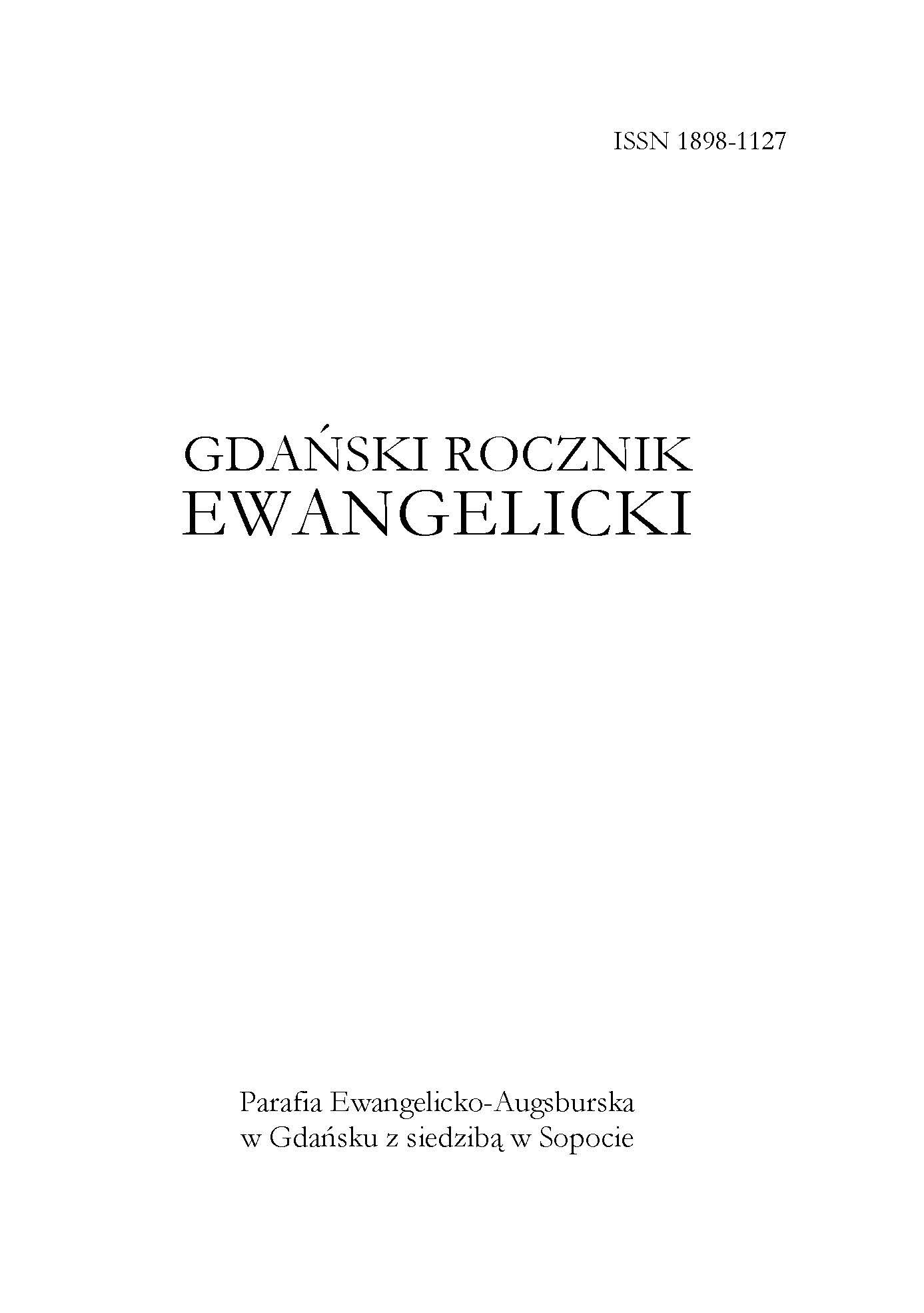
We kindly inform you that, as long as the subject affiliation of our 300.000+ articles is in progress, you might get unsufficient or no results on your third level or second level search. In this case, please broaden your search criteria.





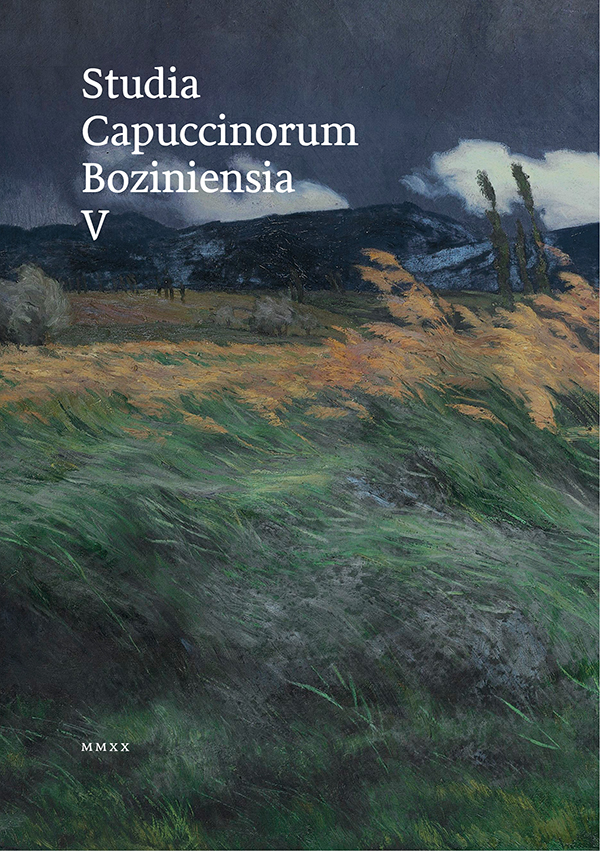
Biographical article of the life of Capuchin priest Vojtech Rudolf Rajner, who spent most of his life in the communist regime and in his prisons.
More...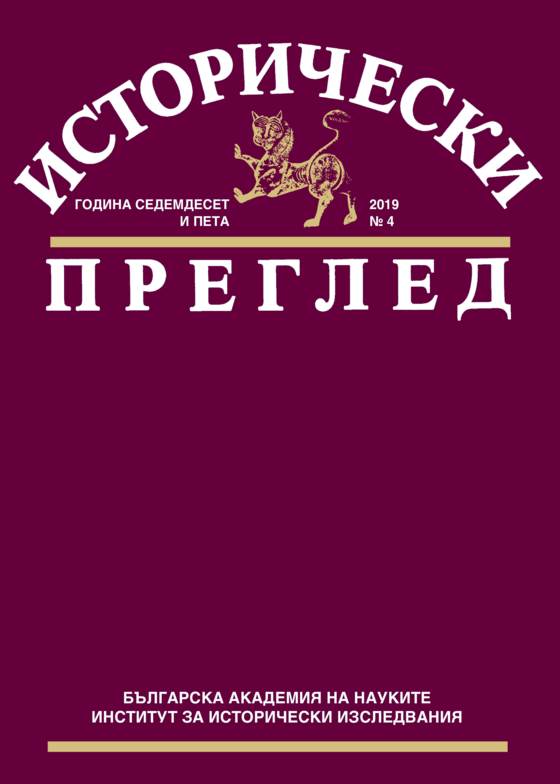
Studies in the field of trade show that the main contingent of traders originated in urban communities and worked on urban and international markets. But as far as nine out of ten of the subjects of the sultan in Bulgarian lands were peasants, it is logical to assume that some of them earned their living in the field of trade. In this regard, it should be noted that the issue concerning the involvement of peasants as professional traders in the economic life of the Ottoman Empire has remained poorly investigated in the historiography on the subject. The study seeks to outline an approximate portrait of the itinerant and settled rural merchants who participated in the trade, both between a town and a village, and among different regions of the empire at the late seventeenth and eighteenth centuries. Features of their family and property status have been reconstructed on the basis of individual case studies. Issues related to the legal regulation of their business activities are analyzed. The assortment and volumes of the goods sold by them are also investigated. The author examines the problems related to the commercial practices of association of rural traders and crediting such traders. Conclusions were drawn regarding the involvement of institutions in regulating business and relations between traders and their families, partners and creditors; the level of their literacy; the role of their journeys on the level of awareness of the communities in which they operate; the importance of their professional activity in the formation of the modern traders in the Bulgarian society from the pre-Tanzimat period. The study relies on unpublished Ottoman-Turkish documents – estate inventories of deceased merchants, litigations on associations and loans, sultan fermans, petitions and complaints, tax registrations, as well as promulgated laws, travelogues, and more.
More...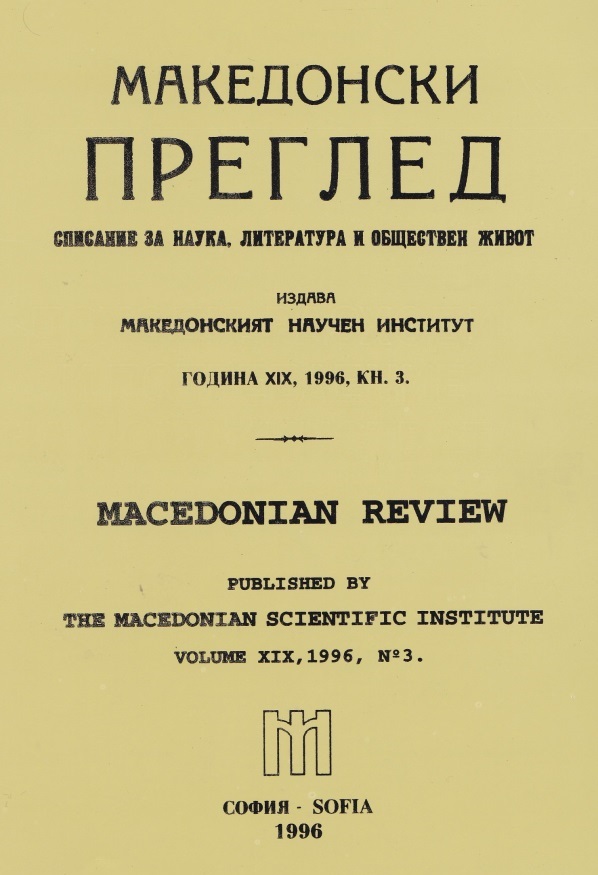
The paper focuses on the poetic works of Teodor Trayanov in parallel with Bulgarian and West European symbolism. This study is a part of the first and, for the time being, only Doctoral thesis on the work of that unjustly forgotten poet. Some perfectly new ideas are suggested on the uniqueness of Trayanov's symbolism. Of greatest significance among these is the suggestion that Trayanov had better be labelled a Neo-Romantic than a straightforward symbolist, having in mind the coherence of that tradition in Austria.
More...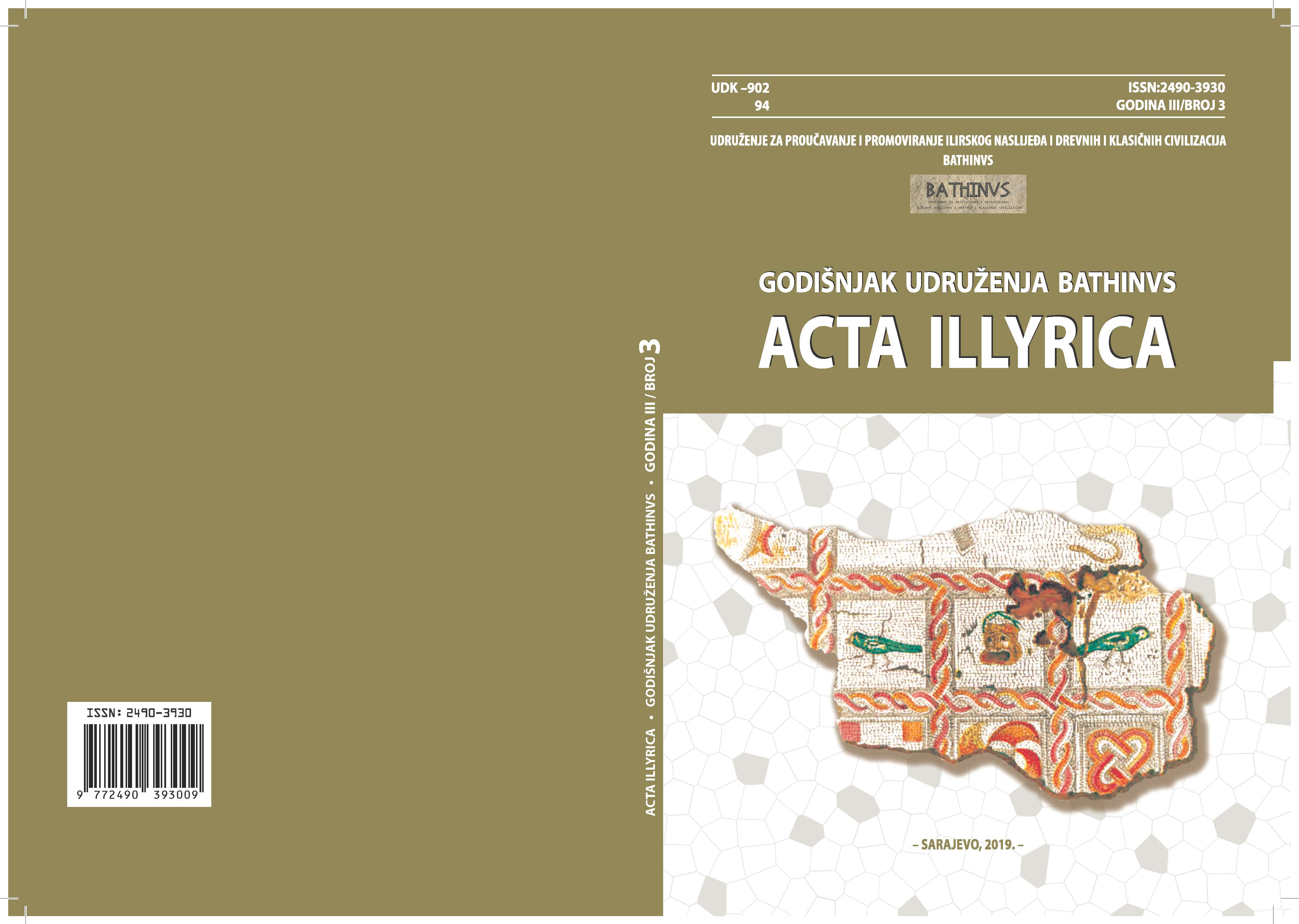
Observed from the Roman perspective, the territory of the modern capital of Bosnia and Herzegovina and its wider area was a deep and inaccessible heartland of Illyricum, subsequently the Roman province of Dalmatia. This territory had been conquered by the Romans for many decades, as evidenced in the works of Greco-Roman authors. Based on the analysis of source materials and the critical approach of the modern literature, in this paper, the authors have offered a chronological review of Roman conquests of the Sarajevo Region. Following the military and political events that refer to the oldest population of the Daesitiates, that we know by name, in the period of 33 BC to 9 AD, we have established the conquest phases of the upper course of the Bosna River and the valleys of Željeznica and Miljacka Rivers. The second part of the text lists all the arguments why Roman itineraries and other geographic sources do not mention the Roman settlement near Ilidža or the administrative unit (municipium) whose territory included the Sarajevo Region. The issue of administrative development of municipium Aquae was interpreted through a critical analysis of the texts carved on epigraphic monuments. In this context, we paid attention to the name of this municipal unit. By comparing the text carved on two epigraphic monuments that holds the name of the municipal unit of Aquae, it was determined that we need to give precedence to the name carved on the base of the statue of Emperor Diocletian (284-305 AD) because this inscription belongs to the category of public inscriptions unlike the inscription found on a tombstone of a local elite in Krivoglavci. In addition, the second part of the paper analyses the Early Christian architecture found in the Sarajevo Region. The analysis includes the period from the 4th to the 6th centuries AD, and in its final part, it will offer certain guidelines regarding the Christianization process and the earliest Church organization in this region for the purpose of posing new questions that will assist in finding a solution to this important problem in future research.
More...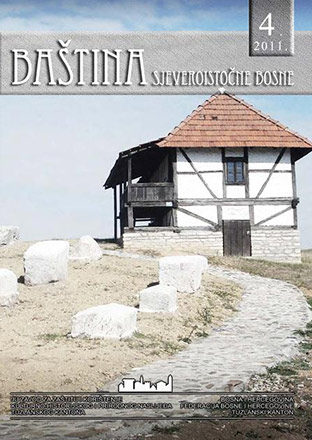
U radu se govori o jednom manje poznatom lokalitetu nadgrobnih spomenika „Staro mezarje“, na lokalitetu Babina Luka u općini Kalesija, posebno o „Babinom mezaru“, koji je u mnogo čemu epigrafski karakterističan. Autor ovo svoje istraživanje zasniva na značaju ovog lokaliteta kao dobra kulturnohistorijskog naslijeđa Bosne i Hercegovine, koji do sada nije istraživan pa otuda ni kategorisan kao kulturno-historijski spomenik. Nakon ukazivanja na značaj epigrafskih spomenika kao historijskih izvora, a koji su do sada nedovoljno istraživani, autor donosi nove podatke o ovom lokalitetu nišana, posebno o „Babinom mezaru“ koji je stavio u fokus svoga istraživanja. Dosadašnja uzgredna i površna osvrtanja na ovaj lokalitet nišana, autor mijenja i dopunjava svojim istraživanjima provedenim na samom lokalitetu. Otkriva da se radi o jednom od raritetnih nišana iz prvih decenija osmanske vladavine, sa ucrtanom šakom i sa uklesanim datumom izrade, a sve to potkrepljuje sa više priloga – karata, skica i fotografija, sve to sa osnovnom namjerom da stručnoj i naučnoj javnosti i čitaocima uopće pruži što realniju predstavu o ovom spomeniku kulture, kako bi nadležne institucije poduzele potrebne aktivnosti da se isti kategoriše i time adekvatno zaštiti.
More...
Sapna pripada geografskom prostoru sjeveroistočne Bosne, i administrativno-teritorijalno čini jednu od trinaest općina Tuzlanskog kantona. Općina Sapna ima obnovljeni status postojanja od 1998. godine od dijela općine Zvornik koji je entitetskom podjelom pripao Federaciji BiH. Ovaj prostor čini jednu kompaktnu cjelinu, koja egzistira na ovom prostoru stoljećima. U radu će biti izvršen antropogeografski prikaz, odnosno bit će prikazan historijskoteritorijalni i društveni razvoj ovog područja kroz prošlost. U geografskom smislu Sapna obuhvata istočne obronke planine Majevice i gornji tok rijeke Sapne, koja čini lijevu pritoku Drine, pa se može reći da ovaj prostor pripada i Podrinju. Površina općine Sapna je 118 km2, što čini 4,45% teritorije Tuzlanskog kantona. Najgušće je naseljen južni dio općine, odnosno prostor oko rijeke Sapne i prostor koji se nalazi u neposrednoj blizini centra Sapne, dok je prostor sa većom nadmorskom visinom, odnosno dijelovi Majevice, veoma rijetko naseljen. Ovaj prostor je još od davnih vremena bio povezan dolinom rijeke Sapne sa Podrinjem. Puštanjem u promet puta Kalesija-Sapna prostor općine Sapna dobija povezanost sa magistralnim putem Tuzla-Zvornik, čime je omogućena bolja povezanost tuzlanske regije sa ovim dijelom Podrinja.
More...
U kulturno-historijskom nasljeđu na određenom području spadaju, između ostalog, i gradine, stećci (i nekropole), mezarja, džamije, vodenice i tradicionalna narodna arhitektura. Do devedesetih godina XX stoljeća na području Tuzlanskog kantona pa tako i u općini Živinice bio je mali broj tekstova posvećeno ovom problemu a još manje je bilo štampanih knjiga. No, danas je situacija sasvim drugačija. Sve je veći broj onih koji se zanima za ovaj vid istraživanja kako na općini Živinice tako i šire.
More...
U Srebrenici je 26. oktobra 2011. godine održan naučni simpozij pod nazivom „Kulturno-istorisko naslijeđe Srebrenice kroz vijekove“.
More...
The theme of Macedonia occupies an important place in Bulgarian literature. Poems, short stories, novels, dramas, essays, travelogues are devoted to it. Suffice it to mention the names of writers such as Ivan Vazov, Peyo Yavorov, Anton Strashimirov or Dimitar Talev. Interest in the subject, especially in the lyrics, is strongly influenced by the particular historical situation (uprisings, wars, and other extreme events). At the same time, writers born in Macedonia such as Simeon Radev, Aleksandar Balabanov, Atanas Dalchev and others play a significant role in Bulgarian literature and literary criticism. The article presents these two aspects. It shows the specifics of reflecting the topic in particular historical periods. Emphasis is placed on literary facts from the period between 1878 and 1944, the time when the theme of Macedonia was most authentic.
More...
The article is about the memoir book by the Bulgarian poet Yavorov – Haidushki kopneniya (Haidouk Longings). It is placed in a broad cultural context – the struggle for Macedoniaʼs liberation and the resonance and journalistic activity around these events in Bulgaria. Yavorovʼs book is not a veritable memoir, because it has a powerful lyrical stream. On the other hand, the influence of the novel genre is quite strong in it. The article analyzes important compositional features of this text. They are interesting because when Yavorovʼs memoirs first appeared in the periodicals, they were of one kind, which changed after they were assembled and organized as parts of a single text (Haidushki kopneniya).
More...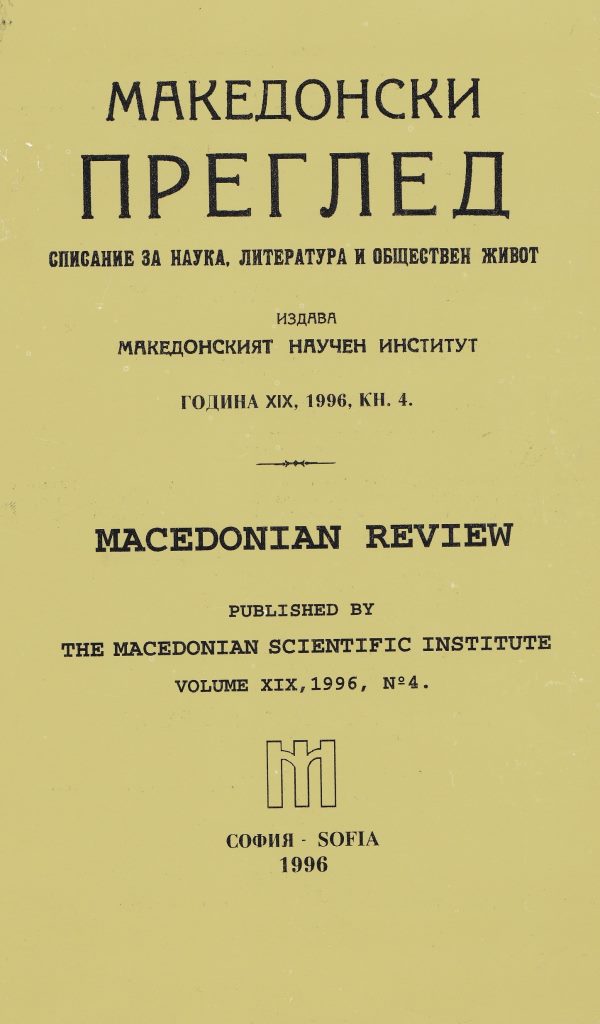
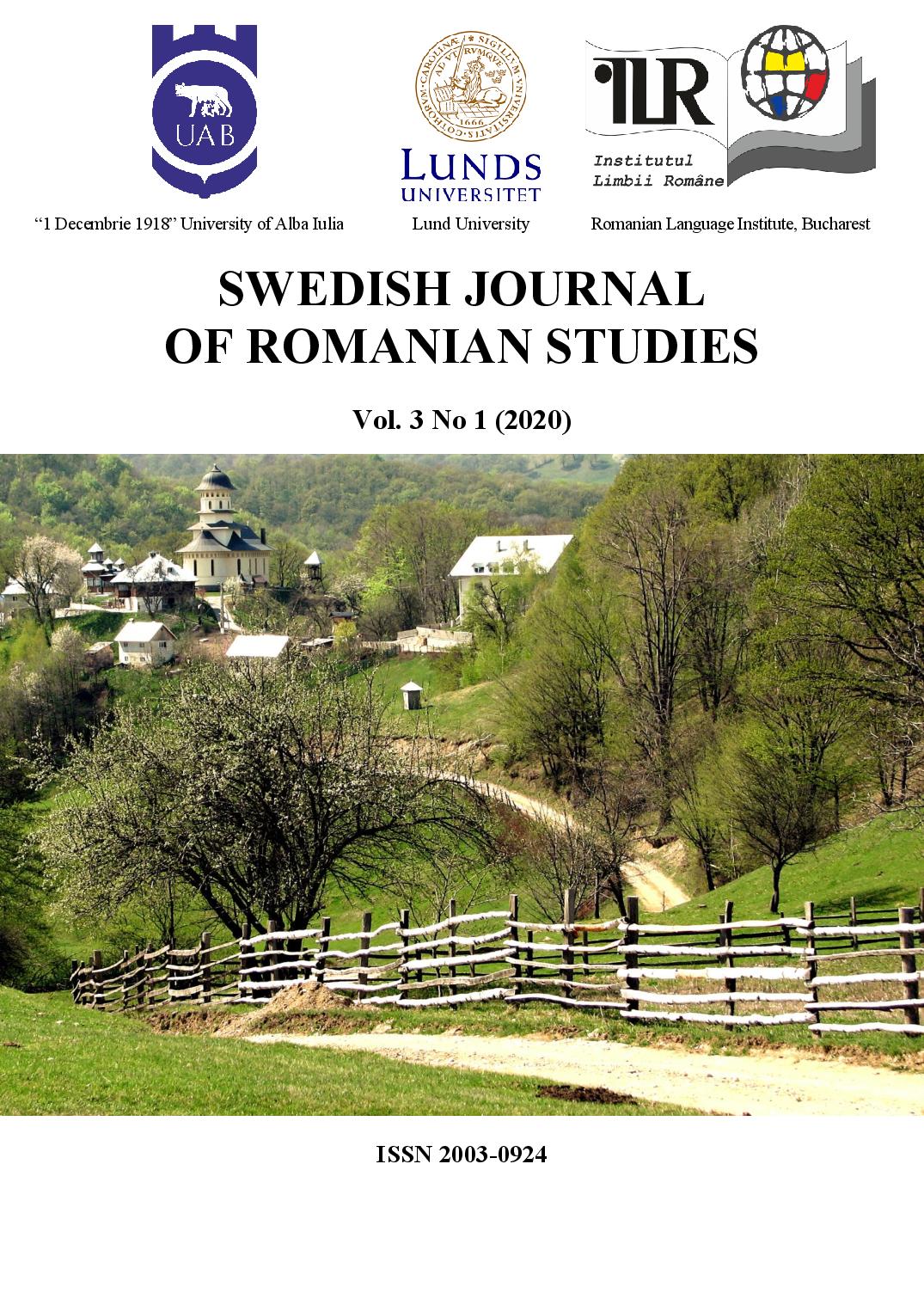
The purpose of this paper is to investigate, from a socio-semiotic perspective, the manner in which the political regimes installed after the forced abdication of King Mihai I (on 30 December 1947) used the Throne Hall in the former royal palace in Bucharest to meet their own needs. In December 1947, Romania was illegally turned from a constitutional monarchy into a popular republic, with the help of the Red Army. Then, the popular republic was transformed into a socialist republic, in fact, a communist dictatorship. In December 1989, the communist regime collapsed and was replaced by a post-communist one, a regime which did not seem willing to leave behind the communist ideological legacy, manifest, in the 1990s, in the brutal repression of anti-government protesters in University Square in Bucharest, or in the Romanian Mineriads of 1990 and 1991. The political regimes that succeeded to power after 1947 deprived the Throne Hall of its monarchic symbolism and used it in ways incongruent with its inherent function, albeit for official purposes. The manner in which the communist regime made use of this particular place is indicative of its intent and success in reinventing traditions or adapting older traditions to its ideological goals, in order to alienate Romanians from their recent past, in disrespect for the nation’s heritage. Although the former royal palace was completely transformed into a national museum of art after 1990, a cultural institution meant, by its very purpose, to save at least part of the nation’s memory, political decision makers ignored the symbolism of a national museum such as the National Museum of Art of Romania, known to many Romanians as the former royal palace. In bewildering, yet not unprecedented fashion, the Throne Hall has been recently used, by the Romanian government, as a dining hall in a series of events that preceded the takeover of the presidency of the EU Council by Romania in January 2019. We claim that the government’s decision can be circumscribed to Jean Baudrillard’s concept of consumerism, characterized by the rule of sign value as a status symbol. In addition, Jan Blommaert’s and Barbara Johnstone’s taxonomies further the argument that the Throne Hall is not a mere space, but a place, its function having been perverted by both ideological manipulation and aggressive consumerism.
More...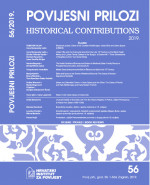
The authors focus on the issue of urban elites in two Adriatic towns, Rab and Rovinj, which differ in their origins and development alike. Rab is an ancient civitas, while Rovinj was classified as a terra in the Venetian administrative system. The two towns also differ in the amount of their preserved written sources. Whereas the medieval sources for Rovinj are only sporadic, for Rab there are a number of notarial books from the late Middle Ages, which allows for a different approach to the spatial identification of urban elites than in Rovinj’s case. Based on the available sources, the paper compares the development, significance, and status of urban elites in both towns.
More...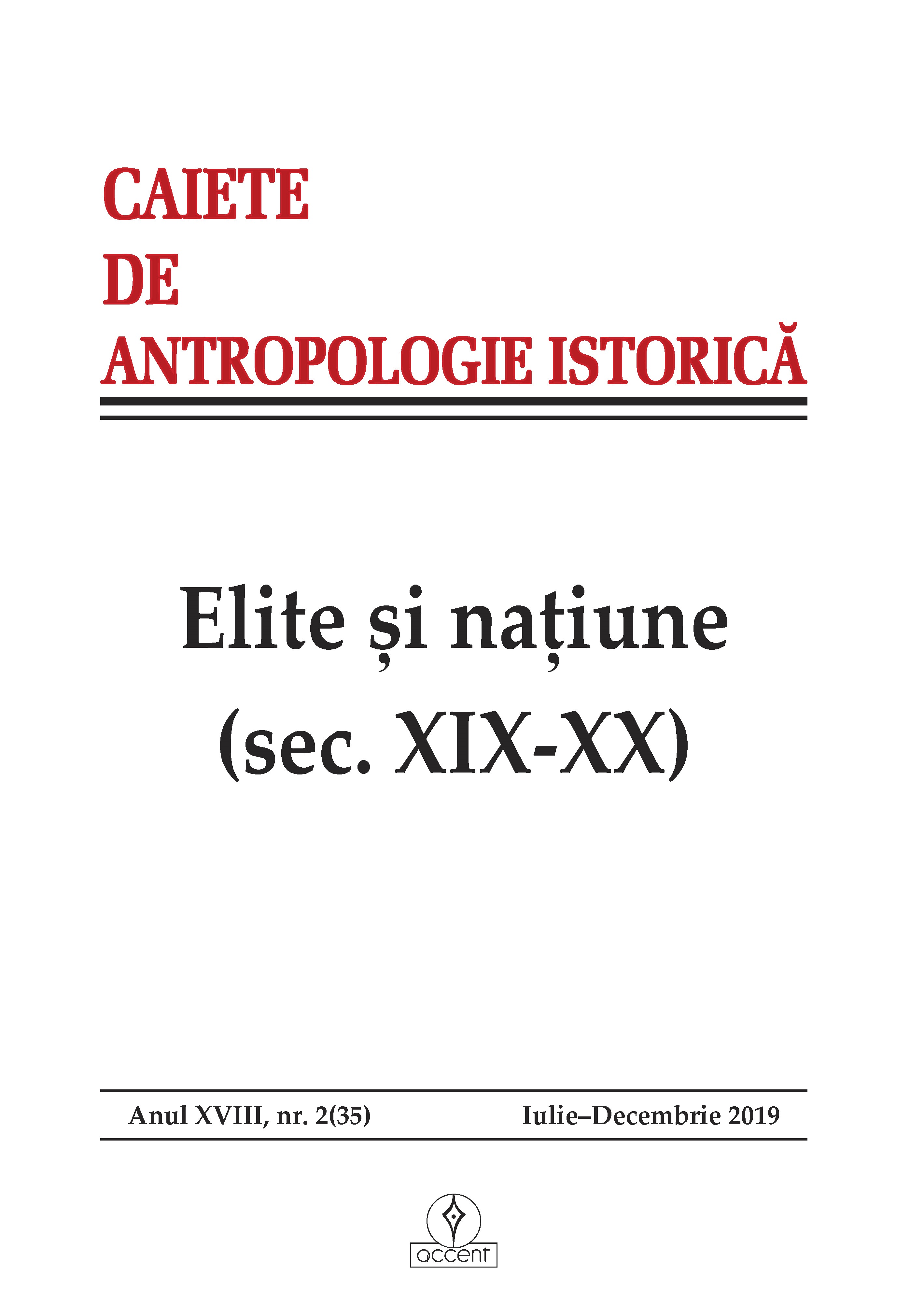
The study represents an excursion into the biography of a great Transylvanian historian, former professor at the University of Cluj: Silviu Dragomir. His life started in a village from the Hunedoara region. He descended from a family of notaries, who encouraged him to study seriously. The path of Silviu Dragomir’s studies is interesting. He studied in Blaj, Novi Sad, then in Cernăuți, where he studied theology. His passion for historical studies led him to Vienna. He visited the archives of Karlowitz and those of Moscow, devoting himself to the history of the church. This was, in fact, the discipline that he taught as a new professor at the Orthodox Theological Institute in Sibiu in 1911. If the studies of church history reveal the confessional attachment of the historian involved in the life of the Orthodox Church, another direction of research, which extended over several decades, namely the 1848 revolution, is linked to his political beliefs. Formed in a period when Transylvania was integrated into the Austro-Hungarian Empire, he devoted his entire life in writing and through political activity to the political and cultural affirmation of the Romanians. Silviu Dragomir expressed his interest in the national and political struggle in the decade before 1918, in accordance with the political activism of a group of Romanian young people at the time, focusing on the political movement at the time of the Supplex, which, in his opinion, prefaced the political program of the revolution of 1848. He approached the personality of Avram Iancu with an assumed subjectivity, he tried to understand him based on his own experience and acknowledged the considerable influence that Avram Iancu exercised on himself and his generation. He supported the union of Transylvania with Romania through his writings of 1918, through the contributions to "Gazeta Poporului” from Sibiu (to which he contributed as a founder) and then through the participation in the Great National Assembly of Alba Iulia. He was elected secretary and then head of the press office of the Governing Council. His own career began in 1919, when he became a professor of history of the peoples in South-Eastern Europe at the Faculty of Letters and Philosophy of the University of Cluj. In the political and institutional environment of Greater Romania, as a professor and researcher, he illustrated, together with Alexandru Lapedatu and Ioan Lupaș, the new study direction meant to establish the place and role of Transylvania in the Romanian historical life, the originality of the Romanian civilization, a direction that gave history the role of legitimizing the present. The political finality of his historical writings is highlighted by the contributions to "La Revue de Transylvanie”, established with his help in 1934. Dedicated to informing the Western public about Transylvanian issues (ethnic, minority-majority relations), the magazine reflected the tensions in the Romanian-Hungarian political relations of those years and, therefore, had the role of counteracting the increasingly active propaganda of the Hungarian state that notified the international courts regarding the Romanian state policy towards the minorities.
More...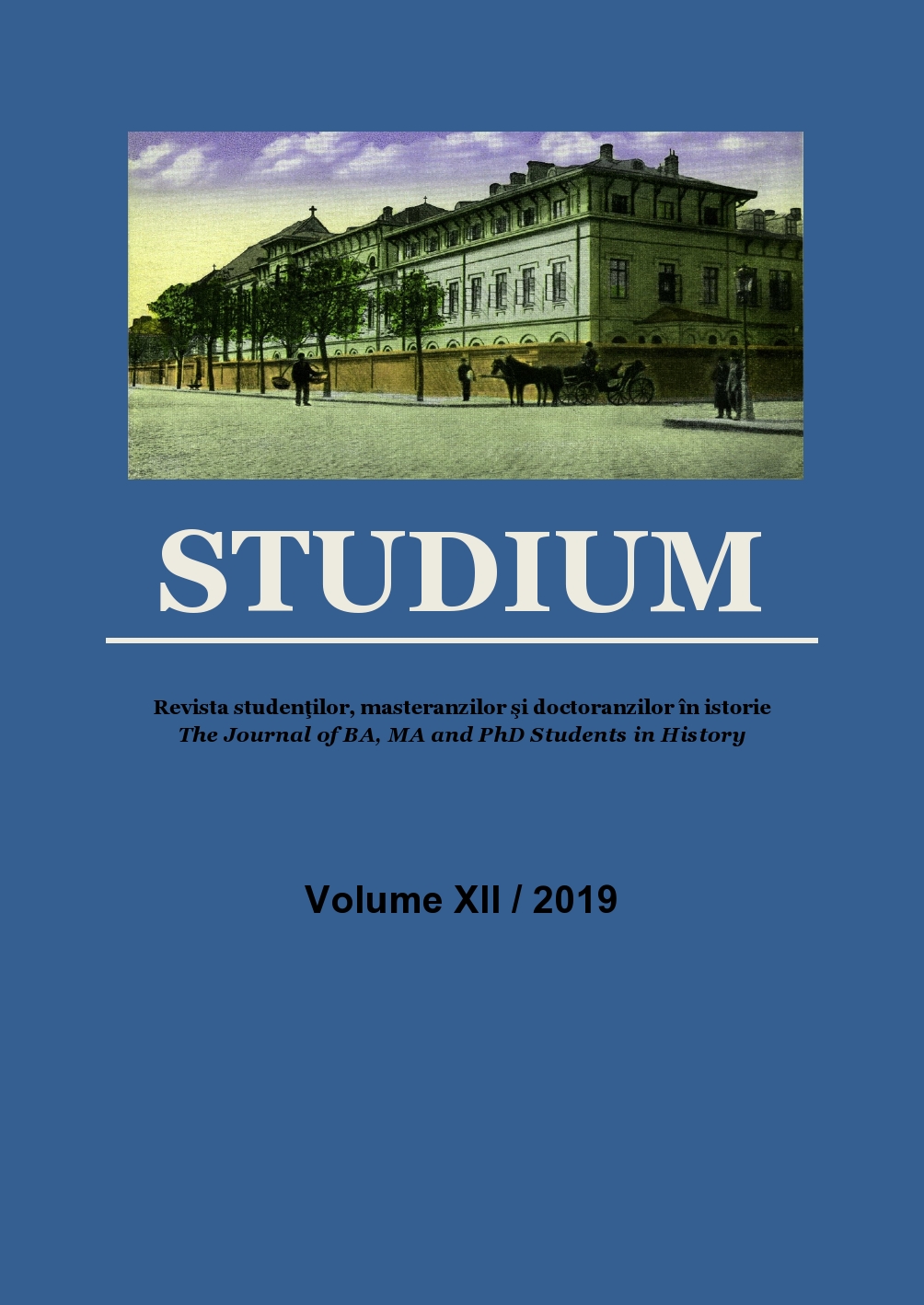
This paper aims at presenting the acts of book and document censorship within the library of «Griechisch-orientalische kaiserlich-königliche Obergymnasium in Suczawa», the first high school from southern Bukowina, founded by imperial decree on the 30th of June 1860, in which German was the tuition language, today known as Colegiul Național “Ștefan cel Mare” from Suceava. This study is based on original archive documents, previous studies on the topic and documents from the school library. Relying on historical research approaches, the phenomenon of book censorship is analysed during all polical regimes that succeeded in the nearly 160 years of existance of the school library. The paper points to the restrictions imposed during the Austrian rule (1860-1918), the cleansing and even total distruction of the most valuable books belonging to the Romanian heritage during the totalitarian regimes after the Great Union of 1918, the reorganisation of the special collections, the restriction of the public accessibility to certain titles. This paper, alongside previous ones on the same topic, is meant to contribute to the understanding of the complex phenomenon of censorship in Romanian libraries.
More...